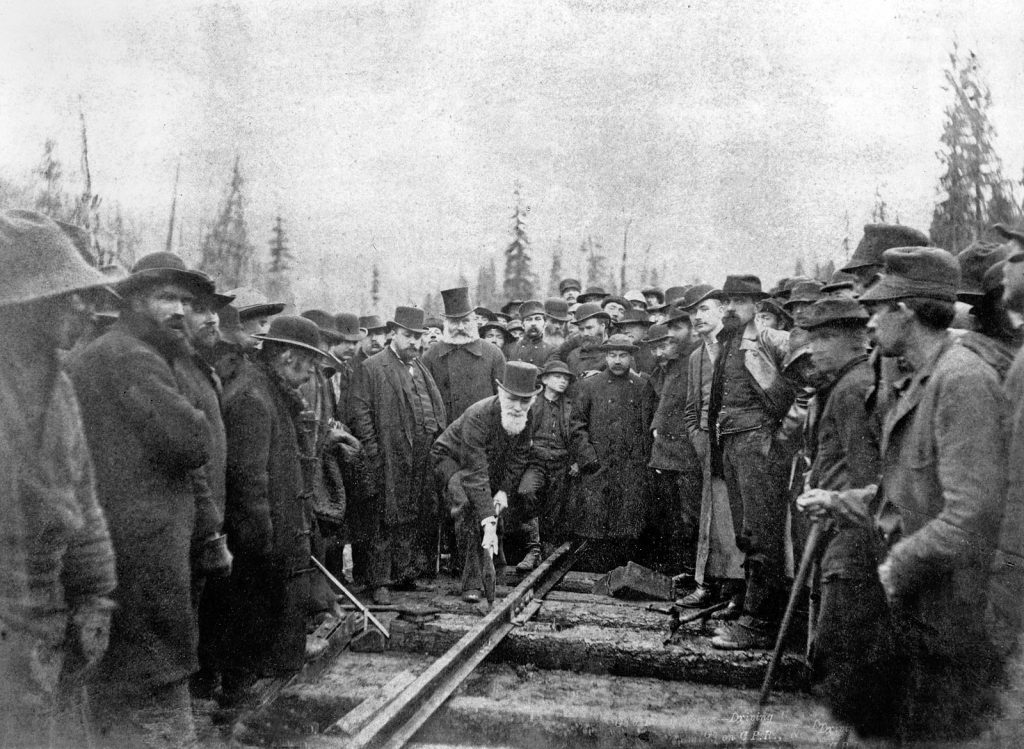
The Confederation in 1867 marked the formation of Canada as a country. Consisting only of Nova Scotia, New Brunswick, Ontario and Quebec until 1870 when Manitoba joined. In 1871, British Columbia also joined the country, but with the condition that a transcontinental railway be built within 10 years.
Despite some controversy surrounding the government at the beginning leading to major delays in construction, in 1880 a group of Scottish Canadian businessmen formed a viable syndicate to get the construction started, and the CPR railway company was officially founded in 1881.
That same year, construction began in various locations that would eventually meet up along the railway. Since there was such a delay in beginning construction, they had to show BC that the railway was coming so that they would not leave the country, so they started construction in Port Moody heading east along the Fraser Canyon towards the Rockies. The Fraser Canyon was treacherous and incredibly dangerous for the railway workers. Many workers lost their lives along the way. Meanwhile, construction in the prairies went smoothly and seamlessly because of the easy flat terrain, regularly beating records for number of miles built in one day.

Finally, on November 7th, 1885, the last spike was driven, combining the eastern and western parts of the railway in Craigellachie, BC. This marked the official completion of the CP railway. In July of 1886, the first passenger train arrived in Port Moody from Montreal. The railway was incredibly important in the settlement and population of western Canada. CP sold many plots of cheap land and went to great measures to get people from eastern Canada and Europe to move.
Injustices
It is simply a question of alternatives: Either you must have this (Chinese) labour or you can’t have the railway.
Prime Minister John A. MacDonald

There were unfortunately many injustices surrounding the construction of the railway that have only much more recently come into the light and been acknowledged. Much of the railway that goes through British Columbia was built by illegally imported Chinese labourers. Approximately 15,000 men were brought to work on the construction of the railway, over 600 of which died from various causes including the dangerous working conditions they were subjected to, drowning, disease, and much more. Chinese workers were paid on average $1/day (not including food or gear), while caucasian workers were paid on average $2-2.50/day including food and accommodations. Additionally, Chinese workers were assigned the most difficult and most dangerous work. It is also important to note that most of the railway was built on stolen indigenous land.
Sources
https://cpconnectingcanada.ca/
https://www.thecanadianencyclopedia.ca/en/article/canadian-pacific-railway
https://canada.constructconnect.com/Leaders2017/chinese-workers.html